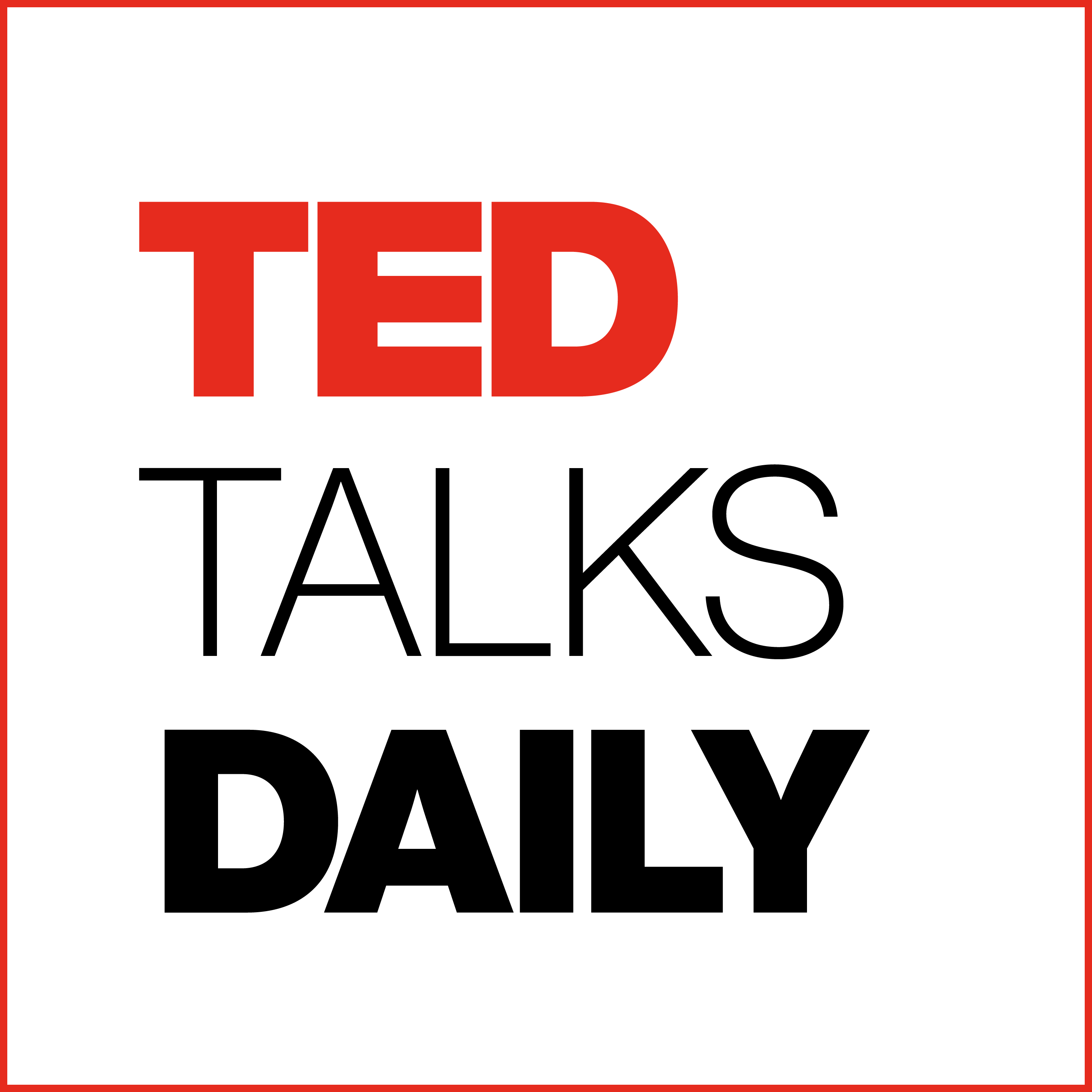The television screen did not disappear when people picked up phones and tablets; it learned to speak the language of the network. Internet Protocol Television, often shortened to IPTV, routes shows, films, and live channels through the same internet pipes that carry email and video calls. Viewers notice the change every time they pause a live match, start a series on the train and finish it on the sofa, or search for a niche documentary that never aired on a local channel. What explains the rapid rise? The answer blends convenience, content breadth, smarter pricing, and steady advances in networking. That mix leads naturally to one central idea: Atlas Pro max Internet Protocol Television wins audience time because it meets modern viewing habits better than legacy broadcast and cable. With that premise in mind, it helps to look first at how convenience changed the game.
Convenience Rewrites Prime Time
Traditional schedules once dictated when households gathered for a favorite program. Internet delivery flips that model. On-demand libraries let people watch at 7:13 p.m., 11:02 p.m., or 6:30 a.m., and the experience remains the same. Catch-up features rescue missed broadcasts. Start-over tools reset a live program after a late commute. Time controls once limited to set-top recorders now sit inside the stream itself, so the viewer carries them from device to device. As a result, prime time becomes personal time.
That convenience scales beyond time to place. The same account follows the viewer across a television, a laptop, a phone, and a tablet. Commuters fill small gaps in the day with short episodes and continue on a larger screen without losing their spot. This continuity rewards services that invest in seamless apps, fast logins, and stable session handoffs, which in turn keeps viewers from returning to linear-only offerings.
Content Breadth Meets Niche Tastes
Cable bundles concentrated on a fixed lineup shaped by carriage deals. Internet distribution opens long shelves. Providers can surface international channels, regional news, specialized sports, and language-specific programming that once struggled to secure placement. A parent who grew up abroad can stream children’s shows from home; a cinephile can chase festival films that never reached local theaters. Wider catalogs attract audiences who felt underserved, and they stick around because recommendation engines keep feeding their interests.
The long shelf also helps live events. Pop-up channels for tournaments or award shows appear for a few weeks and vanish when the spotlight fades. That flexibility keeps the guide fresh and allows quick responses to cultural moments. Viewers learn to check their app first because it is more likely to have something timely.
Pricing That Feels Rational
Bundles built for everyone often included many channels a household never watched. Internet Protocol Television lets providers price smaller packages, add premium segments for a season, and pause service when users travel. Transparent monthly plans with no long-term lock-in reduce friction. The ability to add a sports tier for three months, then switch to a film pack, respects household budgets and interests. As a result, churn can happen, but so can return; users come back when a new slate arrives because reactivation takes a minute.
Technology Makes Streams Feel Native
Fears about buffering once held back streaming television. Broadband speeds improved, compression codecs matured, and content delivery networks grew closer to neighborhoods. Adaptive bitrate streaming now keeps pictures stable as network conditions change. High frame rate sports, 4K shows, and spatial audio move over ordinary home connections with minimal hiccups. The technology fades into the background, which is exactly the point. When quality feels native, people stop asking whether a program arrived through a satellite or a fiber link and simply watch.
Personalization Without Complexity
Viewers like choice until menus overwhelm them. Modern services reduce clutter with profiles, watch-later lists, and clear “continue watching” rows. Subtle cues—thumbnail badges, “live now” flags, or countdown clocks before a match—strip away guesswork. Voice search finds a player or a director in seconds. The best interfaces lead users to a decision quickly, which turns short breaks into actual viewing time. Every small design win adds up to stronger daily use.
Trust and Rights Management Matter
Rising popularity also reflects progress on security and rights protection. Content owners need confidence that streams will not leak widely. Solutions such as watermarking, conditional access, and flexible digital rights rules allow legitimate household use while discouraging piracy. As studios increase first-run and day-and-date releases over internet channels, users gain more high-value content, which reinforces the shift.
Social Viewing Returns in a New Form
People enjoy sharing shows, even when they watch in separate homes. Synchronized playback, live chats around matches, and easy clip sharing restore that social feel. Sports fans react together, families split across cities pick a Friday movie, and communities form around niche channels. Internet protocols make those features straightforward, which strengthens loyalty and word-of-mouth.
Sustainability Gains a Place in Decision-Making
Energy use influences technology choices. Modern streaming architectures can scale up during peak demand and down during quiet hours. That elasticity can reduce wasted capacity compared with always-on legacy networks. Providers that publish efficiency metrics and invest in greener data centers give households and advertisers an additional reason to support the format.
So Why the Surge?
Put simply, Internet Protocol Television aligns with how people actually live: irregular schedules, mobile viewing, eclectic interests, price awareness, and a desire for quality that just works. The format integrates advances in networking, software design, and content licensing into a package that respects time and attention. As the next sections of this series explain, those same traits translate into concrete advantages, a strong outlook, and notable regional growth stories, including France. The most immediate takeaway is straightforward: when the viewing experience becomes flexible, clear, and reliable, audiences follow—and they tell their friends to do the same.

















